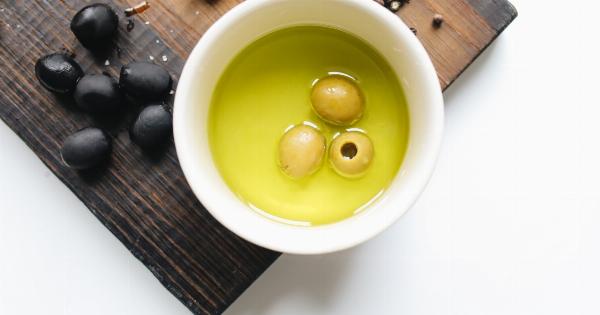If you’ve ever walked down the cooking oil aisle of a grocery store, you’ve likely seen a variety of olive oils on the shelves.
But have you ever wondered what the differences are between them? In this article, we’ll break down the various varieties of olive oil and help you understand how to select the right one for your cooking needs.
What is Olive Oil?
Olive oil is made by pressing whole olives. It is a staple in Mediterranean cuisine, and is used for cooking, as well as for dressing salads and garnishing dishes.
Extra Virgin Olive Oil
Extra virgin olive oil is made from a cold-pressed process, which allows the oil to retain more of its natural flavor and nutrients. It is also the least processed of all the olive oil varieties.
Extra virgin olive oil is typically more expensive than other types of olive oil, but it is also considered to be of higher quality. It is best used for dishes requiring a more robust olive oil flavor, such as marinades, dressings, and dipping oils.
Virgin Olive Oil
Virgin olive oil is also made from a cold-pressed process but is slightly more refined than extra virgin olive oil. It has a milder flavor and lower acidity than extra virgin olive oil.
Virgin olive oil can be used in the same way as extra virgin olive oil but is best suited for dishes where a more subtle olive oil flavor is desired.
Refined Olive Oil
Refined olive oil is made from a process that involves treating low-quality virgin olive oil with heat and chemicals to remove impurities.
This process also removes some of the flavor and nutrients from the oil, making it less desirable than extra virgin or virgin olive oils.
Refined olive oil is often used for cooking due to its neutral flavor and high smoke point.
Pure Olive Oil
Pure olive oil is a blend of refined olive oil and virgin olive oil. It has a milder flavor than extra virgin and virgin olive oils and a higher smoke point than extra virgin and virgin olive oils.
Pure olive oil is a good all-purpose olive oil and is often used for cooking and baking.
Light Olive Oil
Light olive oil is a highly refined olive oil that has a neutral flavor and a high smoke point. It is often marketed as a healthier alternative to other cooking oils, but it should be noted that it contains the same amount of calories as other oils.
Light olive oil is a good choice for high-heat cooking, such as frying and sautéing.
Choosing the Right Olive Oil
When it comes to selecting the right olive oil for your cooking needs, it’s important to consider the flavor and smoke point.
Extra virgin and virgin olive oils are best suited for dishes that require a bolder olive oil flavor, while refined and pure olive oils are better for dishes where a milder flavor is desired. Light olive oil is a good all-purpose oil for high-heat cooking.
It’s also important to consider the smoke point, which is the temperature at which the oil begins to smoke and break down.
Olive oils with higher smoke points are better for high-heat cooking, such as frying and sautéing, while those with lower smoke points are better for low-heat cooking, such as dressings and marinades.
Storing Olive Oil
Olive oil should be stored in a cool, dark place to preserve its flavor and nutrients. It should be kept in a tightly sealed container to prevent oxidation.
Once opened, olive oil should be used within 6 months to ensure maximum freshness.
Conclusion
Olive oil is a versatile and healthy oil that can be used in a variety of dishes. When selecting the right olive oil for your cooking needs, it’s important to consider the flavor and smoke point of the oil.
Proper storage is also important for preserving the flavor and nutrients of the oil.





























